Freshly sharped pencils are often associated with the beginning of a new school year. However, as students prepare to head back to class, many will forego pencils in favor of tablets or laptops. In some school districts, cursive writing instruction has been replaced by other courses. A simple pencil suddenly seems a little outdated. Looking back at the last hundred or so years, how Chicago students have been taking notes, even the "old-fashioned way," has changed over time.
In 1895, Mamie Klein, a sixth-grader in Room 7 at Brown School on Chicago's Near West Side, used a chalk slate to take notes in class as well as two delicate composition notebooks. She filled the pages with grammar lessons, science and history essays, and song lyrics. A few years later, Lois Johnston, a second-year student at Englewood High School, recorded her biology notes and sketches in a laboratory book published by the Central School Supply House in Chicago.
Both young women used flowing cursive handwriting. Each probably spent a number of classroom hours practicing penmanship exercises.
As typewriters became more commonplace in schools, they became a useful tool for students working on the school newspaper and yearbook. A 1916 issue of Austin High School's Maroon and White newspaper includes not only jokes about typing and stenography, but also an advertisement for Moser Shorthand & Typewriting College.
The 1947 yearbook book and sales staffs at Englewood High School worked together to create their school's annual record. Students visited an engraving plant to see how their writing would be translated into the Purple and White.
As today's students prepare to head back to school, some classroom methods certainly have changed. However, others have likely stayed the same. The Englewood class of 1947 listed the careers they looked forward to taking on after graduation, including various arts, medicine, law, business and education, among other hopes for the future. Will the class of 2019 share some of the same dreams?
Explore the stories of some of Chicago's students and schools in CPL's Special Collections.


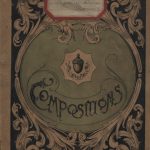

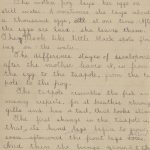

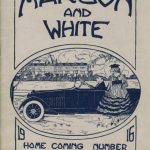
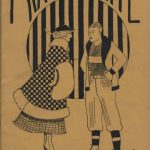
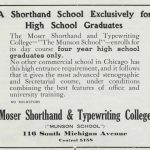
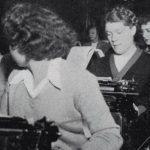


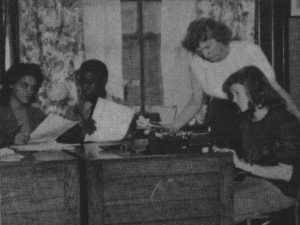

Add a comment to: From Slates to Typewriters in Chicago’s Schools